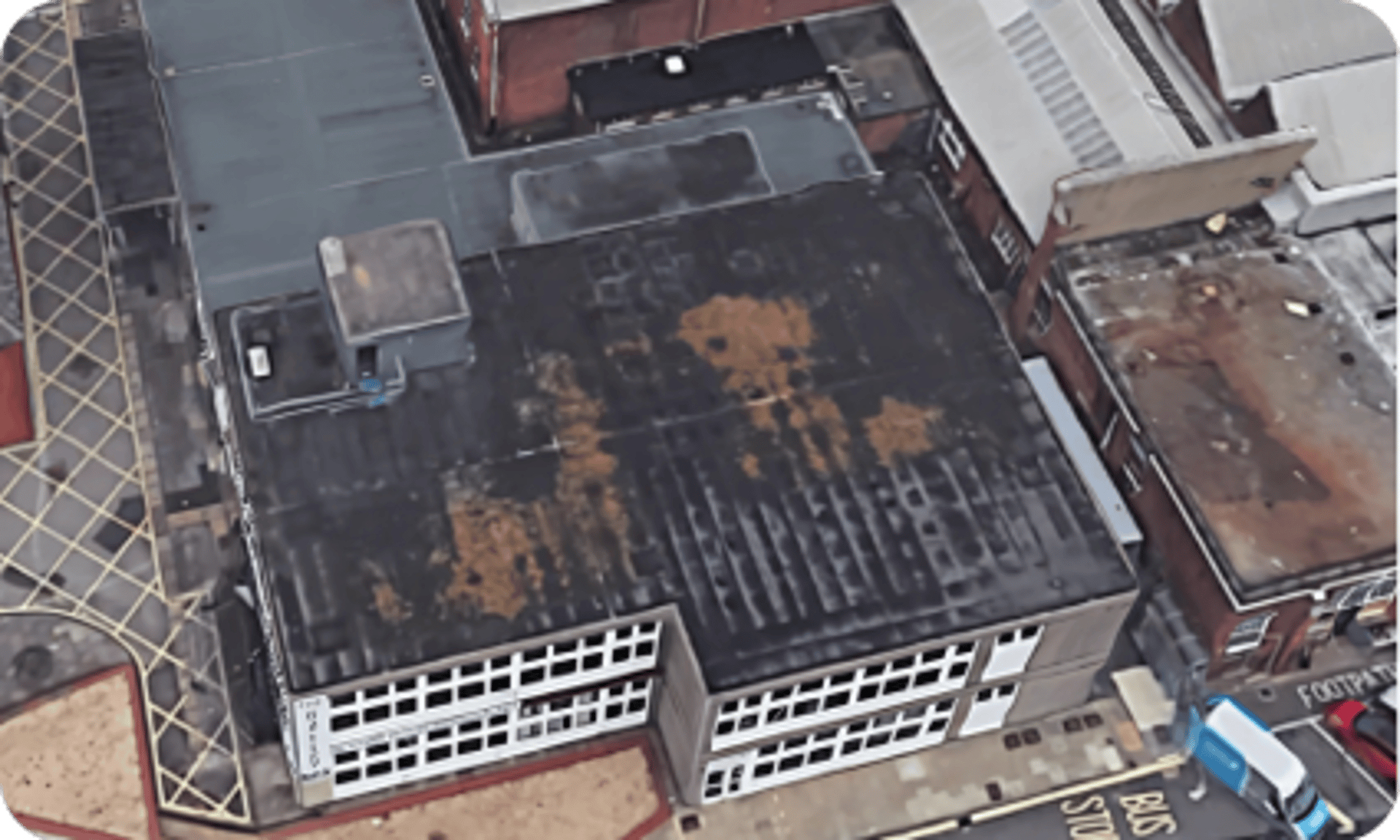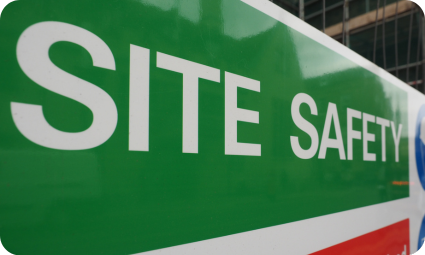mon-fri ⏲ 07:30-17:00 ✆ 02380 011 761 ✉ email 🗎 info pack

Best Practices for Demolition and Soft Strip Projects: Ensuring Safety and Efficiency
Learn the best practices for demolition and soft strip projects, including asbestos management and safety compliance. Discover how to ensure a successful and efficient project.
3/7/20253 min read


Best Practices for Demolition and Soft Strip Projects: Ensuring Safety and Efficiency
Demolition and soft strip projects are essential in the construction and refurbishment industry, allowing for the removal of non-structural elements and the preparation of a building for renovation or complete teardown. However, these projects come with their own set of challenges, particularly when it comes to managing asbestos and other hazardous materials. In this post, we’ll explore the best practices for demolition and soft strip projects, focusing on safety, efficiency, and compliance with regulations.
What is a Soft Strip?
Soft strip, also known as “interior strip-out,” involves the removal of non-structural elements inside a building. This process typically includes the removal of fixtures, fittings, partitions, ceilings, and floor coverings, leaving the structural shell of the building intact. Soft strip is often the first step in a larger demolition or refurbishment project, making it a critical phase for identifying and managing any hazardous materials, particularly asbestos.
The Importance of Asbestos Management in Soft Strip and Demolition
Asbestos was widely used in construction materials until its ban in 1999, meaning many buildings still contain asbestos in various forms. When undertaking a soft strip or demolition project, it’s crucial to identify and safely remove any asbestos-containing materials (ACMs) before work begins. Failing to do so can result in the release of dangerous asbestos fibres, posing serious health risks to workers and the public.
Pre-Project Surveys
Before any soft strip or demolition work can commence, a thorough asbestos survey is required. This survey, often a Refurbishment and Demolition Survey, is designed to identify all ACMs that may be disturbed during the project. The survey involves a detailed inspection of the building, including hidden areas like ceiling voids, wall cavities, and under floors.
Key elements of a pre-project asbestos survey include:
Comprehensive inspections: Identifying all potential ACMs in areas slated for strip-out or demolition.
Sampling and analysis: Collecting samples of suspected materials and testing them in a laboratory.
Detailed reporting: Providing a report that outlines the location, type, and condition of any ACMs, along with recommendations for safe removal or management.
Safe Asbestos Removal During Soft Strip
If asbestos is identified during the survey, it must be removed by a licensed asbestos removal contractor before the soft strip can proceed. This step is essential to ensure that asbestos fibres are not released into the air during the strip-out process. Safe removal involves setting up containment areas, using appropriate personal protective equipment (PPE), and following strict waste disposal procedures.
Best Practices for Demolition and Soft Strip
To ensure a successful and safe soft strip and demolition project, consider the following best practices:
Planning and Risk Assessment:
Start with a detailed plan that includes a thorough risk assessment. Identify any hazardous materials, such as asbestos, and plan for their safe removal.
Compliance with Regulations:
Ensure compliance with all relevant health and safety regulations, including the Control of Asbestos Regulations 2012. Failure to comply can result in significant fines and project delays.Use of Professional Contractors:
Engage experienced and licensed contractors for both asbestos removal and the soft strip. Their expertise is crucial for ensuring the job is done safely and efficiently.Environmental Considerations:
Consider the environmental impact of the strip-out and demolition process. Properly manage waste and recycle materials where possible to minimise the project’s carbon footprint.
Communication and Coordination:
Maintain clear communication with all stakeholders, including contractors, clients, and regulatory bodies. Coordination is key to ensuring that the project stays on schedule and within budget.
Final Thoughts:
Soft strip and demolition projects require careful planning and execution, particularly when it comes to managing asbestos. By following best practices and ensuring compliance with regulations, you can mitigate risks, protect your workforce, and ensure the success of your project. At Hampshire Environmental Services, we specialise in asbestos management and soft strip services, providing safe and efficient solutions for all types of buildings. Contact us today to learn more about how we can support your next project.
Are you planning a soft strip or demolition project? Ensure it’s done safely and efficiently with professional asbestos management. Contact Hampshire Environmental Services today for expert advice and services.
H.E.S Can Help
If you’re planning a project and have any demolition, asbestos surveying, or asbestos removal requirements, H.E.S can help.
Don’t hesitate to contact our award-winning team on 02380 011761 or email enquiries@hesgroup.org.uk. Your safety is our priority.
Get in touch
Get in touch today to discuss your requirements and discover how we can support your project.


Trusted Expertise.
Complete Compliance.
Proven Results.
Registered Office
Subscribe to our newsletter
Unit 1, Withy Park,
Withy Meadows,
Dutton Lane,
Eastleigh
SO50 6AB
Hampshire Environmental Services Ltd. Registered in England (05894514) © 2025. All rights reserved.
Socials
Legal
✆ 02380 011 761
Sign up for the latest news and updates from H.E.S


